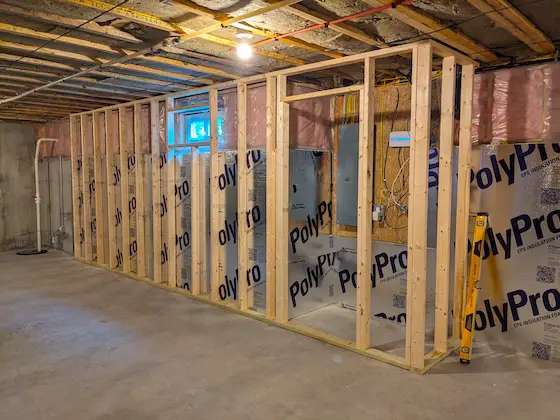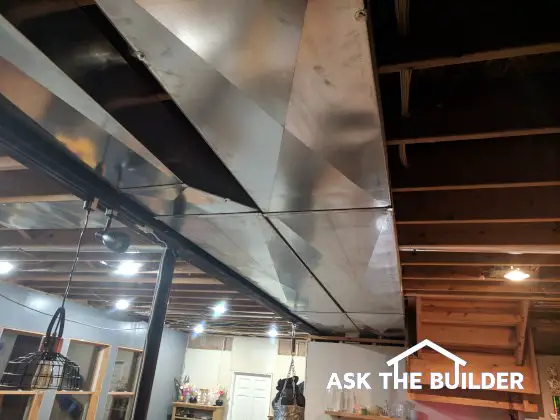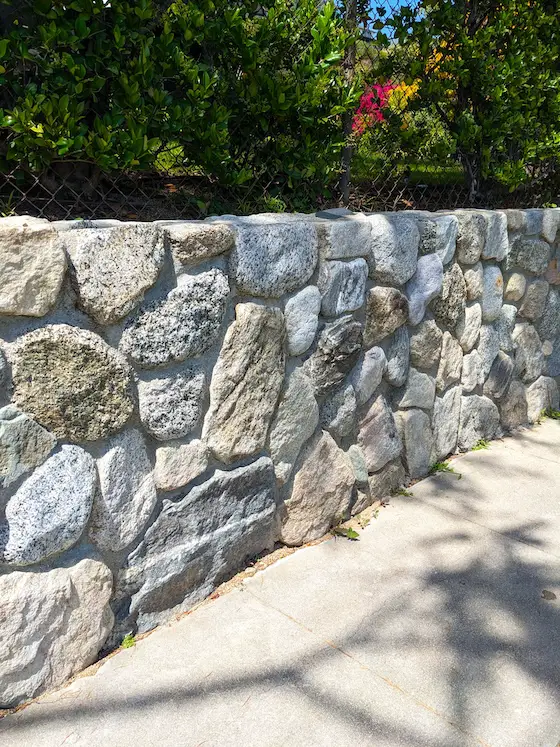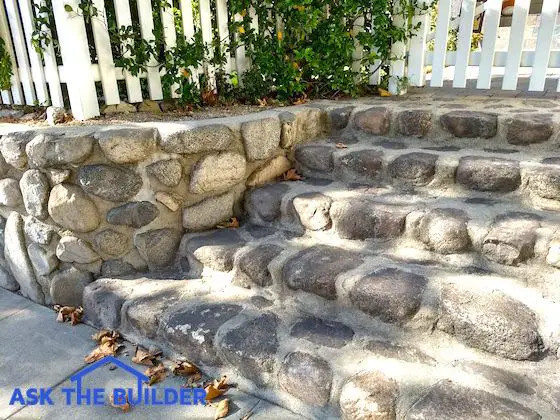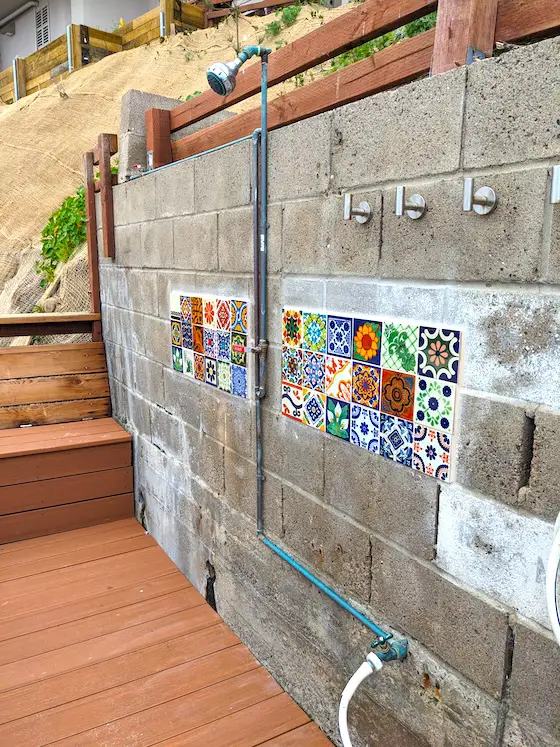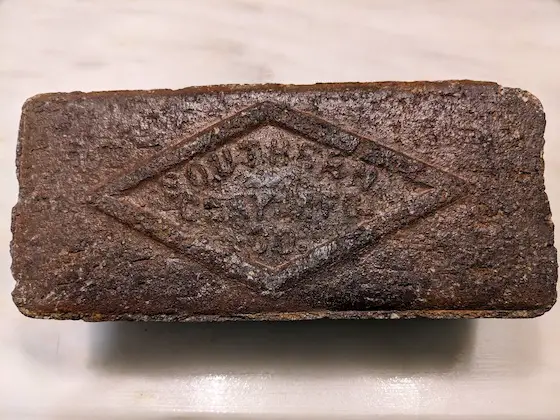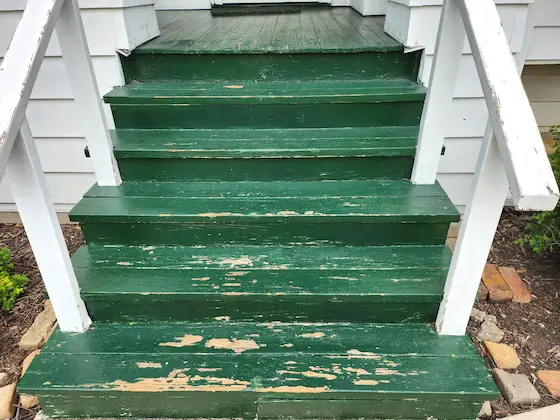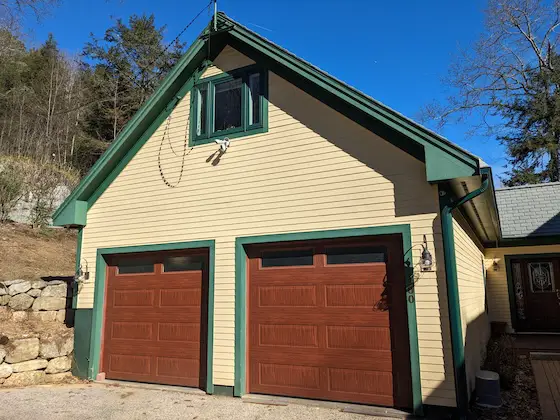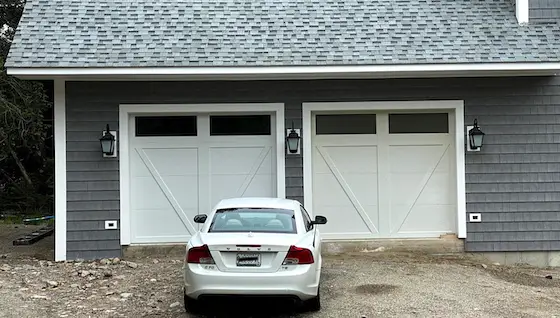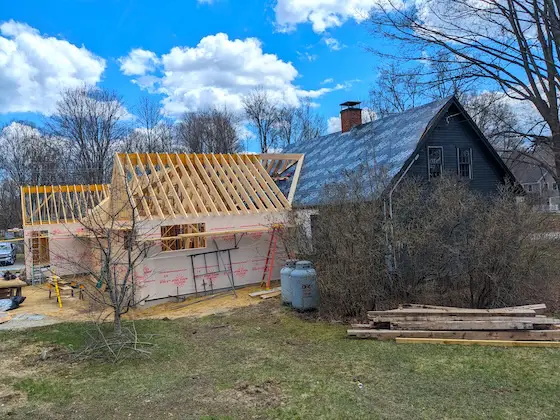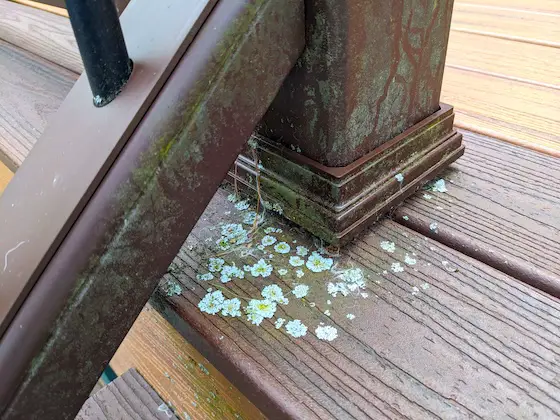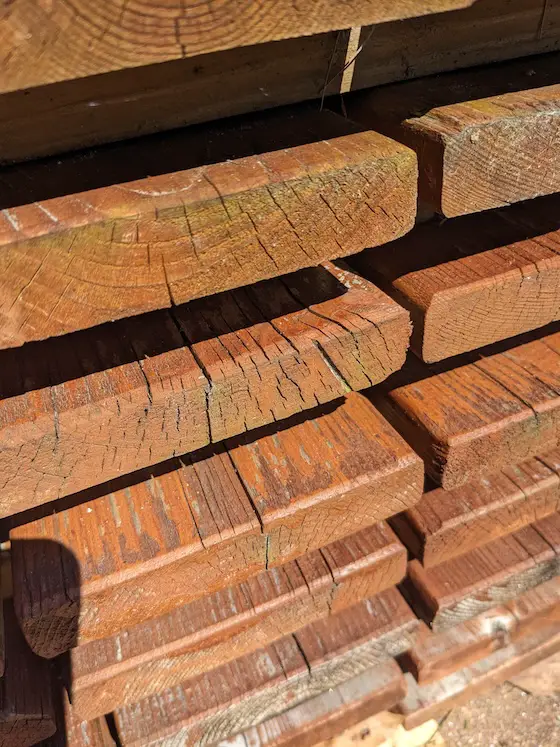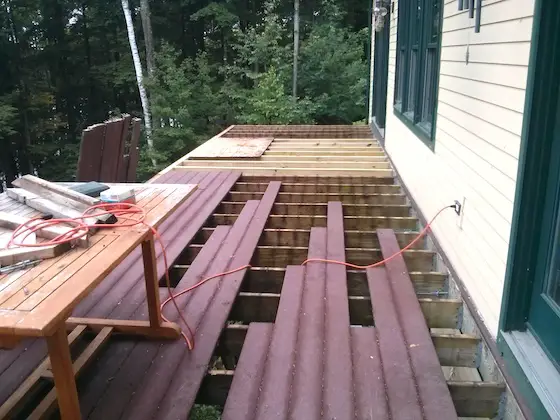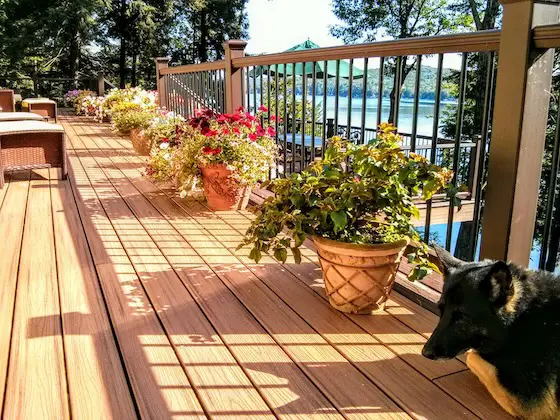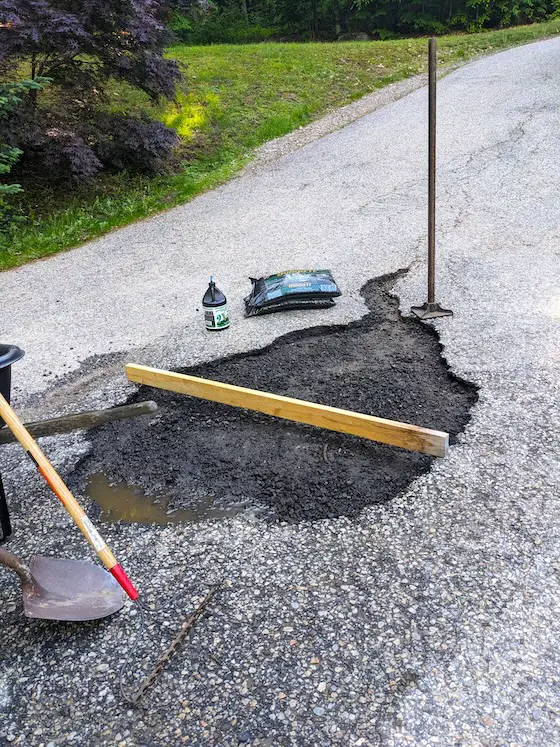
This large area of my asphalt driveway crumbled. I’ve removed all the bad pavement, removed dust from the edges, and have all the tools ready. It’s time to install the patch. Copyright 2024 Tim Carter
Blacktop Drive Restoration - It's DIY For Sure
You might fall into the trap of thinking my house is perfect in every way. You’d be wrong. I suffer from a condition where I know how to do 99 percent of the projects around my house. A deep inner force within me causes me to tackle all of these tasks no matter the size. I often work alone.
For example, seven years ago I decided to install my own new roof. It was a massive undertaking that spanned four months. Smaller projects collect on an ever-growing large honey-do list. Fortunately my lovely wife has the patience of Job.
My current project is the restoration of my asphalt driveway. While not as daunting as the roof project, I expect it to take several weeks. I approach these big jobs much like eating an elephant. You eat an elephant one bite at a time. Slow and steady progress each day is my mantra.
My asphalt driveway is about twenty-two years old. The original contractor did a very good job of preparing the base under the asphalt. The base is everything. Asphalt is a flexible pavement and derives its strength from the thick compacted gravel under the mix of stones, sand, and asphalt cement surface you drive and walk upon. The original specification for my drive called for larger stones in the mix. These provide added strength. Some stones in my asphalt are as large as peanut M&Ms.
Asphalt driveway restoration requires you to have a grasp of what’s known as the adhesive chain. Keep in mind that each product you use be it bagged asphalt patching material, crack filler, and the final buckets of sealer, all need to stick to the old asphalt if you want the maximum life from them.
This means that your existing asphalt must be perfectly clean before you start any phase of the project. If you apply a piece of masking tape to a dusty surface, you know the tape will not hold well. Even though you use a powerful leaf blower or broom on your asphalt drive, I’m sure there is still some fine sand dust sticking to the asphalt. This must be removed with a strong stream of water or a pressure washer if you want the best results.
My project, and yours may be the same, requires five steps:
- remove weeds and excess soil from the drive surface and edges
- blow large debris from the drive and wash it with water
- patch large holes with the correct material
- fill all cracks larger than 1/16th inch with crack filler
- apply the sealer to all old original asphalt - wait 90 days before applying it to bagged asphalt patch
Removing weeds and excess soil from the edges of the driveway can be mind-numbing work. It’s necessary for you to remove this soil cover that collects over time so you can seal the edges of the driveway. Weeds growing in cracks must be removed so you can properly fill the cracks.
I have to repair three areas where the asphalt blacktop paving has deteriorated. One area is about 5 square feet, another is 12 square feet, and the final one is almost 20 square feet. This, in my opinion, is the limit of bagged cold-patch asphalt. If you have bigger areas, you probably should hire a contractor to install hot mix asphalt as was done originally.
I use a large hammer drill with a flat bit to help remove the cracked asphalt. The tool chops down through an existing crack with ease. Start at the center of a bad area and work to the edges. Remove all the old paving to a depth of 1.5 to 2 inches. Wet down the hole and direct water to the edges of the hole to remove dust from the old paving.
Compact the gravel base with a tamper and follow the directions on the bag of cold patch asphalt. Be sure the new material is 1/2 inch higher than the old asphalt before compacting it with the tamper.
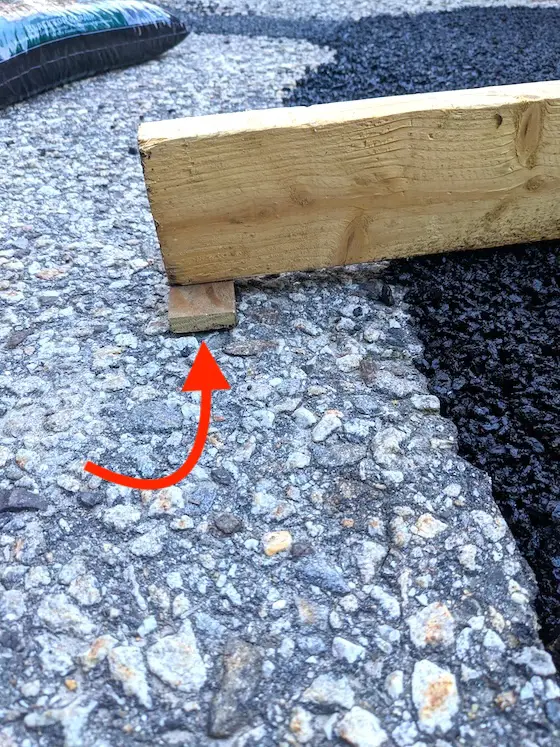
This is a 2x4 with a small piece of 1/2-inch-thick wood nailed to the bottom. I did the same on the other side. When you slide the screed across the soft blacktop patch, it is 1/2 inch higher than the existing pavement. Once tamped down, the new patch is flush with the existing blacktop. Copyright 2024 Tim Carter
Crack Filling is Mission Critical
Crack filling, in my opinion, is the most important job. If you live where it gets cold as I do in New Hampshire, you must be diligent about filling all cracks. Water that enters cracks and freezes destroys asphalt in short order. Water expands by about nine percent in volume when it freezes prying apart the asphalt.
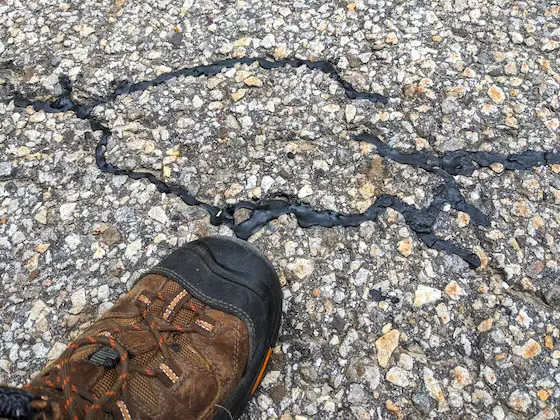
The crack filler is the consistency of mustard. If you get all the dust off the edges of the cracks using water, the filler can last many years. Copyright 2024 Tim Carter
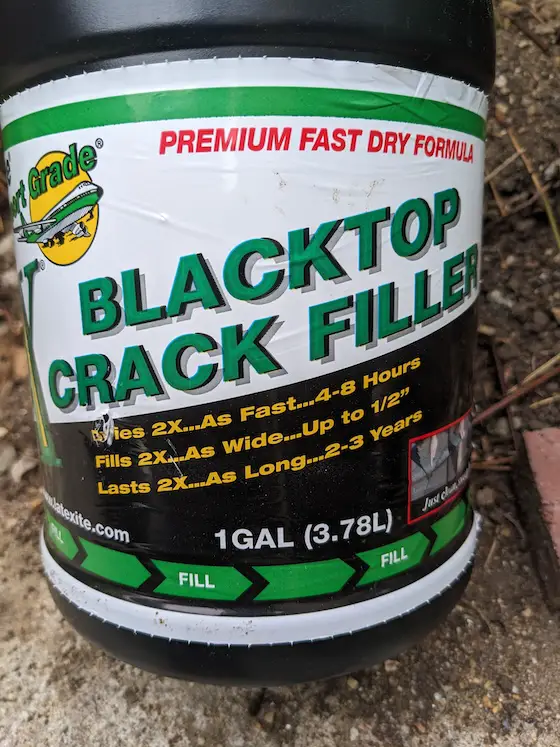
I had great success with this crack filler. It was easy to use. Read the label! Copyright 2024 Tim Carter
Dust removal from the edges of the cracks is imperative. You want the liquid crack filler to bond well to the sides of the crack. I tool the top of the crack filler with a small stick to ensure the filler is feathered out creating a waterproof bond with the old asphalt. I broadcast coarse sand on the fresh filler to help provide texture. Once again, follow the instructions to the letter on the label of the filler you use.
Applying the sealer is the last step. I’ll blow off my drive one last time to remove any sand or debris that may have accumulated over the restoration process. I only apply the sealer if I know for a fact it will not rain for 24 or 36 hours. I shouldn’t have to say this, but read the instructions on the sealer label and follow them to the letter.
Column 1563
